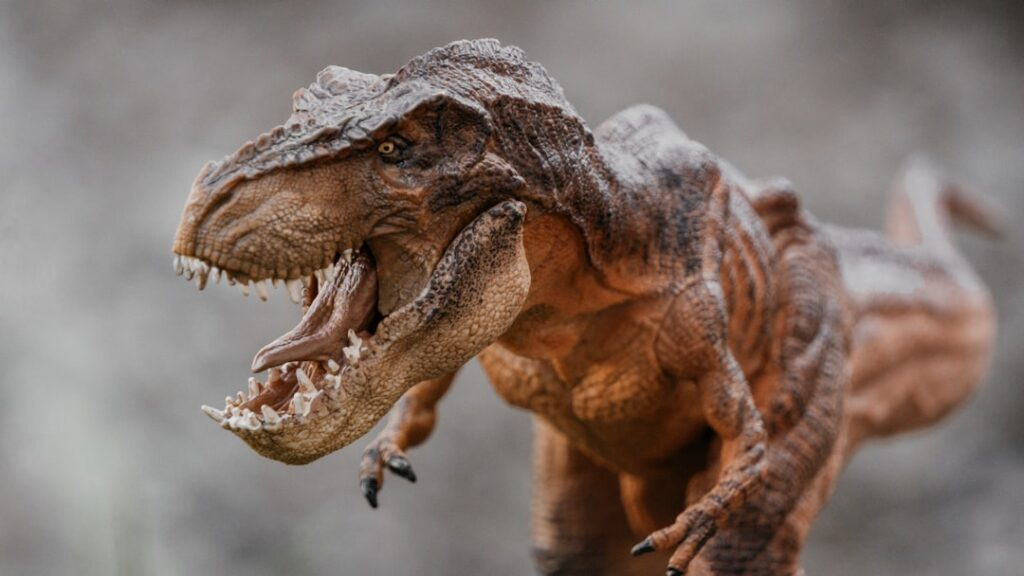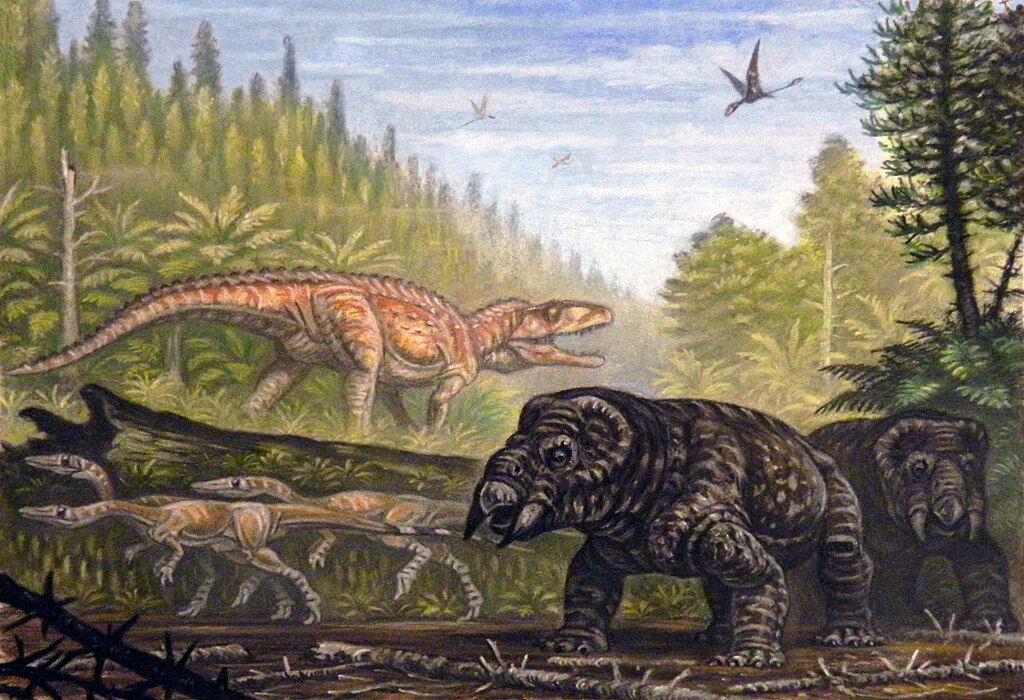Picture this: a seven-ton giant stalking through ancient forests with jaws powerful enough to crush a car. For over a century, scientists have wrestled with one of paleontology’s biggest mysteries – exactly how did Tyrannosaurus rex hunt? Was it a terrifying predator, an opportunistic scavenger, or something entirely different?
The truth is more fascinating than fiction. While popular movies show T. rex as a lone killing machine, reality proves far more complex. Recent discoveries have shattered old assumptions and revealed hunting strategies that would make modern predators envious.
The Pack Hunter Theory
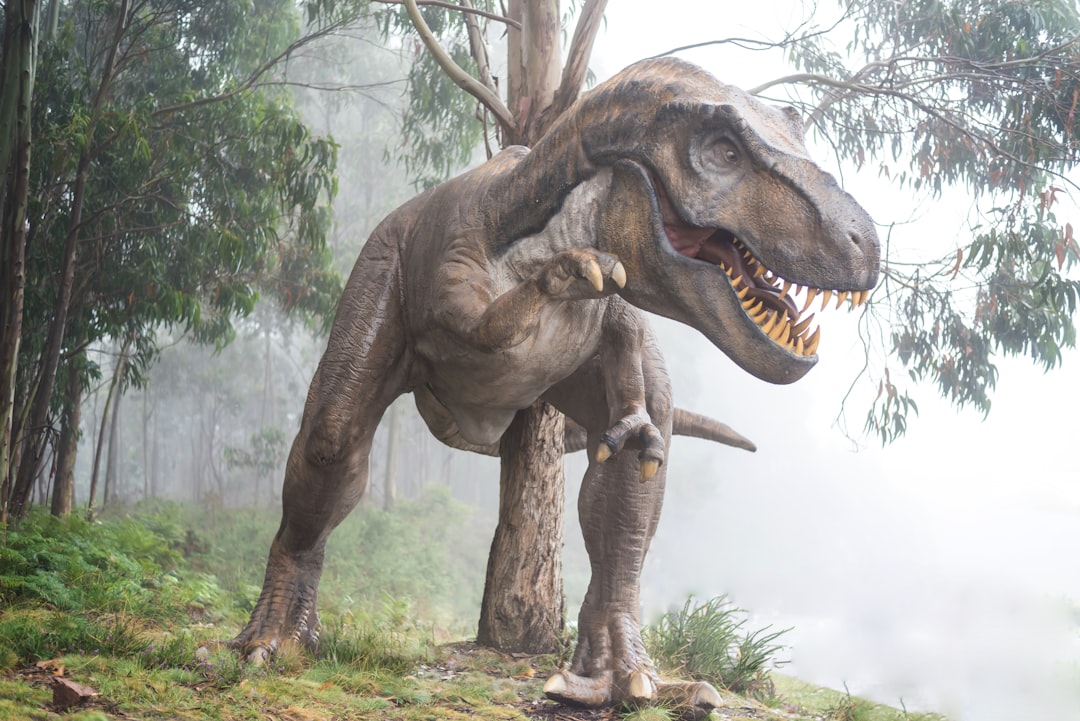
Think wolves, then think bigger. Much bigger. Fossils of tyrannosaurs ranging from ages 2 to 26 have been found together, as well as trackways with footprints from multiple individuals, suggesting that T. rex may have formed herds and even hunted together. This discovery completely flips the Hollywood image on its head.
T. rex as a ‘lone hunter’ may have been a myth. Recent findings from multiple quarry sites show adults and juveniles buried together, hinting at coordinated behavior. Hunting the relatively smaller and faster hadrosaurs and ceratopsians may also have been facilitated by group behavior in tyrannosaurids. Juveniles, less than 10–15 years of age, would still be in the zone where their long legs could be used to maximize top speed, potentially helping run down faster prey items.
This strategy makes perfect sense when you consider the energy demands. Hunting in groups would allow T. rex to bring down much larger prey while minimizing individual risk. Picture a coordinated attack where nimble juveniles drove prey toward waiting adults – a prehistoric killing machine operating at peak efficiency.
The Ambush Specialist Strategy
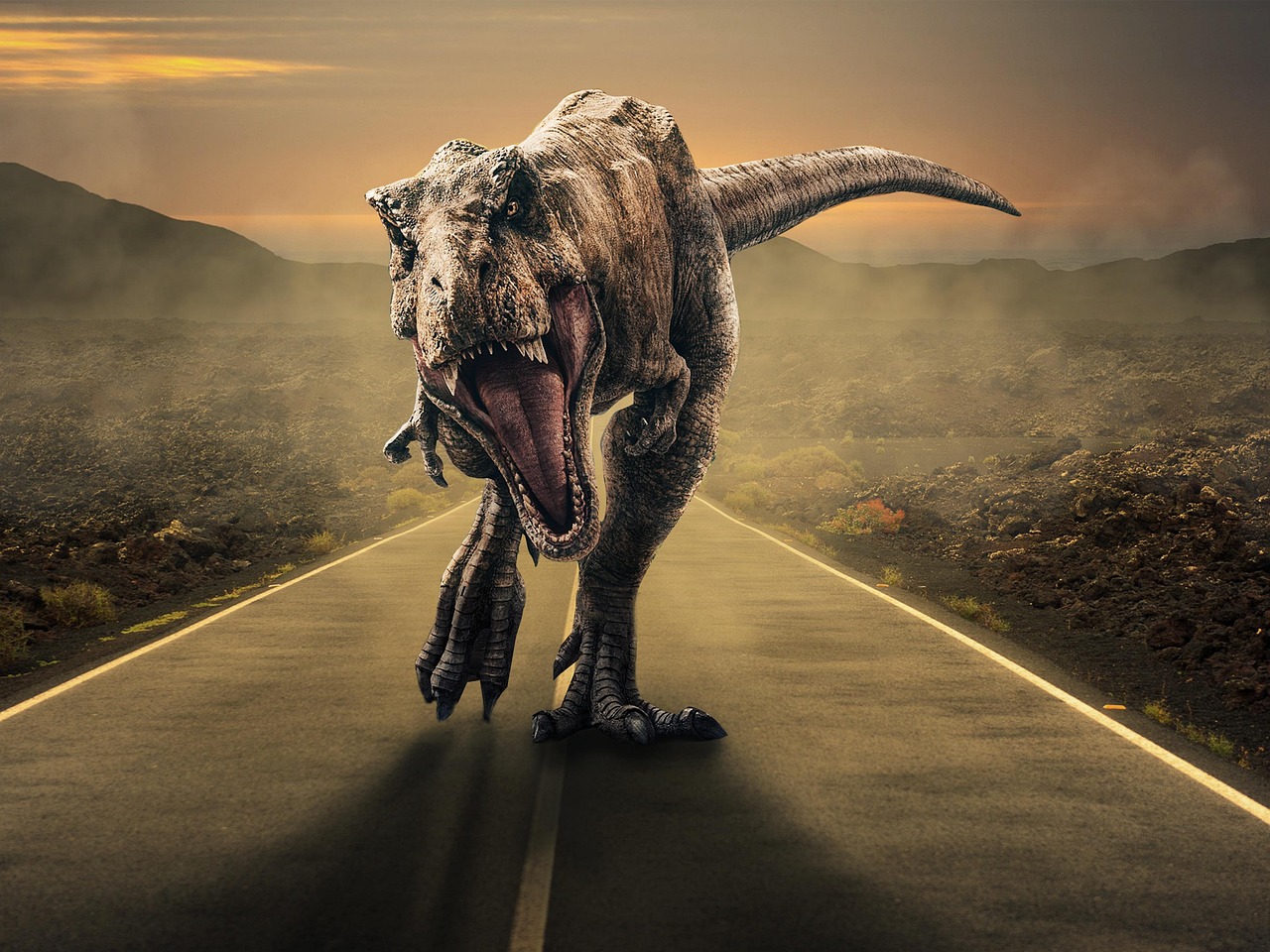
Forget the chase scenes. T. rex might have been the ultimate ambush predator. The Tyrannosaurus would have done this through either ambushing or trying to intimidate the horned animals into trying to run away which would have then exposed these animals to attack. This theory paints T. rex as a patient hunter, using cover to get close before unleashing devastating surprise attacks.
The anatomy supports this perfectly. With limited stamina but incredible burst power, an ambush strategy makes biological sense. This makes the Tyrannosaurus reliant on devastating ambushes, hiding among rocks, ledges, and foliage until prey passes by. Picture a massive predator crouched motionless behind a fallen log, waiting for the perfect moment to strike.
According to this “ceratopsian-tipping” hypothesis, Tyrannosaurus would have ambushed its prey from cover, knocking it over and rendering it vulnerable, then killing it with a swift bite to the rib cage. This wasn’t just brute force – it was calculated, strategic hunting that maximized success while minimizing energy expenditure.
The Bone-Crushing Powerhouse Approach
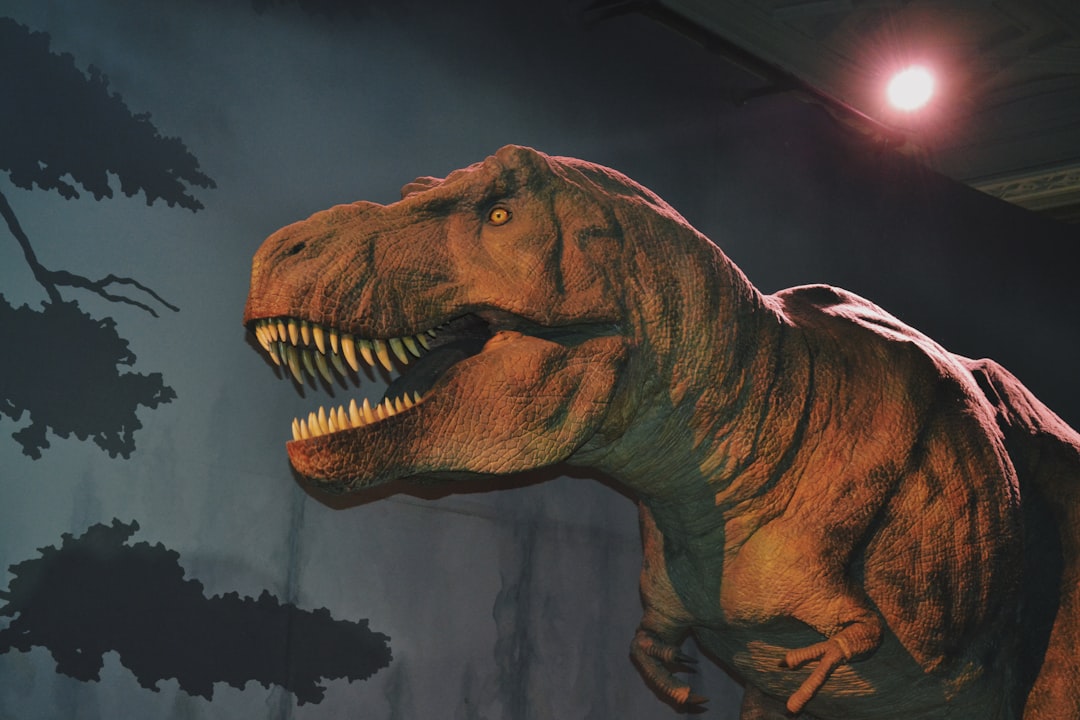
Sometimes the simplest explanation is the right one: T. rex was a walking bone-crusher with unmatched bite force. The T. rex bite force was nearly 13,000 pounds. That’s enough to snap a telephone pole in half. These and other skull-strengthening features are part of the tyrannosaurid trend towards an increasingly powerful bite, which easily surpassed that of all non-tyrannosaurids.
But this wasn’t just about raw power. Tyrannosaurus used the puncture and pull feeding strategy, where the Tyrannosaurus would startle its prey with a powerful bite and then drag its teeth back through its prey’s flesh and bone. The strategy was surgical in its brutality – one devastating bite followed by methodical destruction of tissue and bone.
After crushing its prey, this dinosaur likely slammed it to the ground to ensure its death before feasting on a tasty meal. This wasn’t random violence but calculated efficiency. The massive skull and reinforced bones created the perfect tool for this hunting strategy, allowing T. rex to process even the largest prey items completely.
The “Cow-Tipping” Combat Technique
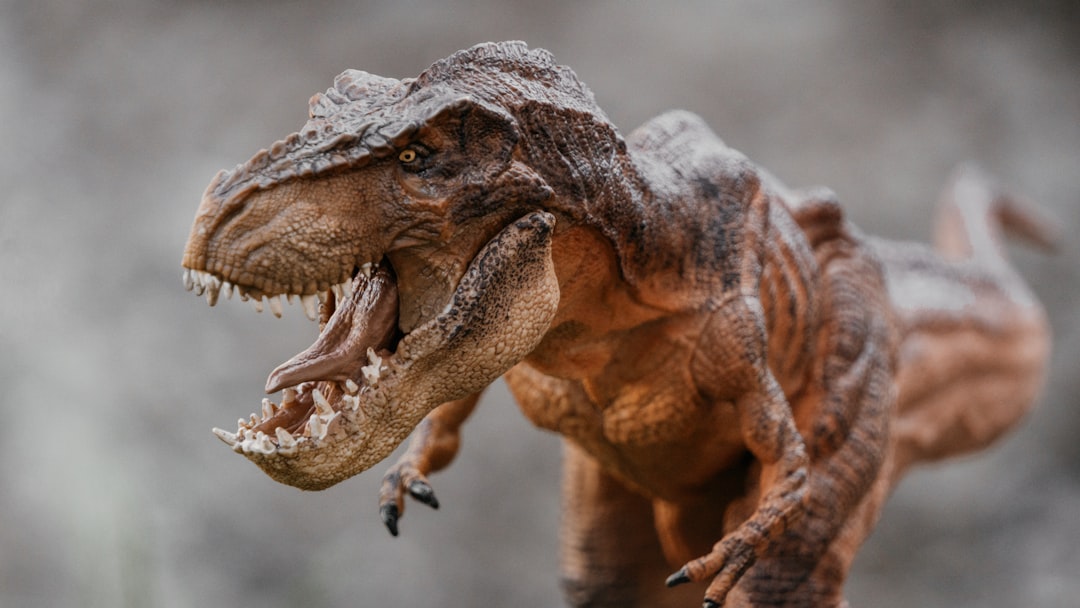
Here’s where things get really interesting. Some scientists propose T. rex used a wrestling-like technique against armored prey like Triceratops. David A. Krauss and John M. Robinson proposed that Tyrannosaurus could have used a hunting strategy similar in concept to “cow tipping” against Triceratops, where the Tyrannosaurus would ambush and knock the Triceratops over to fall on its side.
The physics actually work. An adult tyrannosaur moving at moderate speed would have produced more than enough force to knock a large Triceratops off its feet. Further, it may only have needed to maintain pressure against the side of the Triceratops for as little as 2–3 seconds to tip it over.
This theory explains T. rex’s strangest feature – those tiny arms. Their small arms seem to be an adaptation allowing them to grasp their prey’s back while pushing it with the pectoral region of their torso. Their large heads would have helped in tipping their prey over, and their large mouths and bone-piercing teeth would have made bites to the side more effective and lethal. Those arms weren’t useless – they were perfectly designed grappling hooks.
The Age-Dependent Opportunist Model
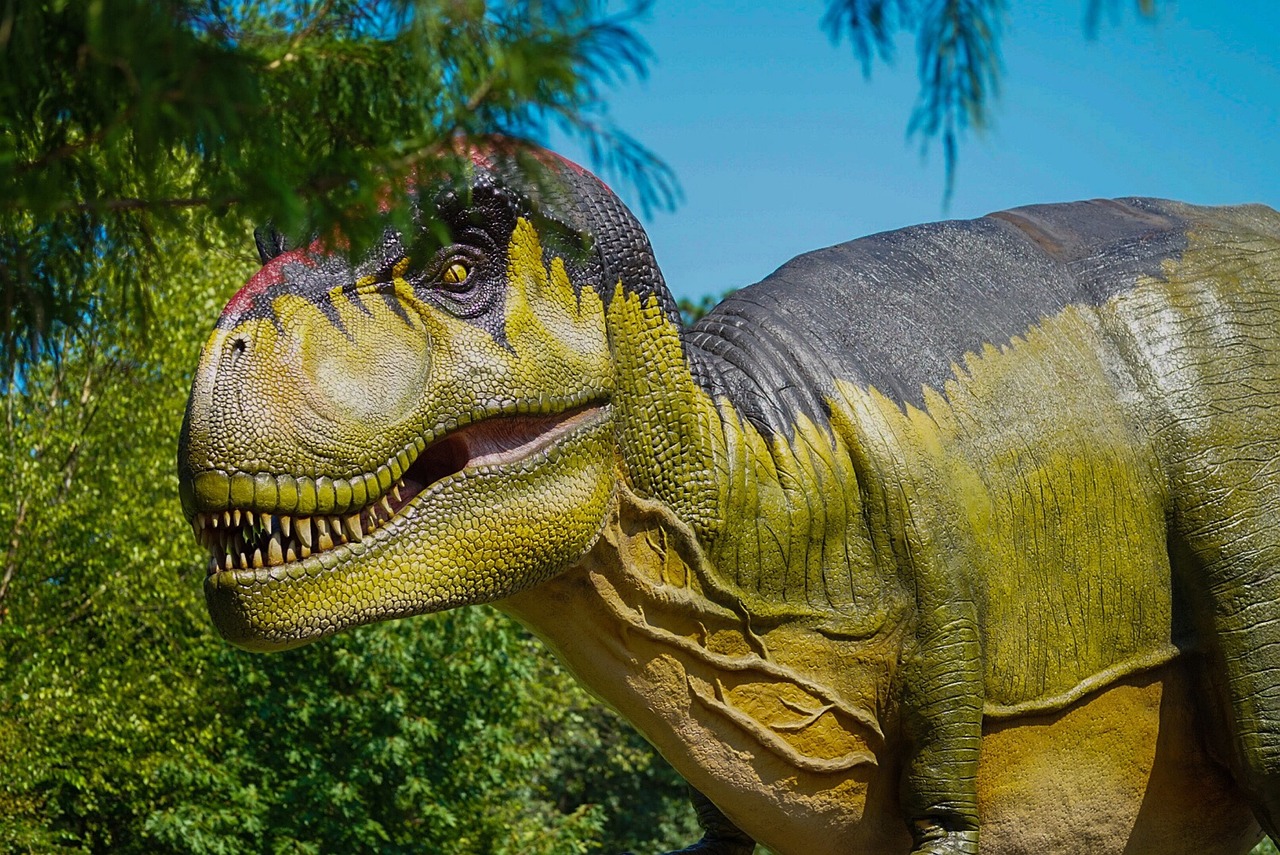
What if T. rex changed its hunting style throughout its life? This fascinating theory suggests different strategies for different life stages. Unlike the large-headed and bulky adults, juvenile T. rex’s were different with smaller, slender heads, long legs and thinner and more blade-like teeth. So, paleontologists concluded that young tyrannosaurs had a different lifestyle than adults. The longer limbs and more slender bodies meant that juveniles could run much faster than the adults, while the smaller skulls and bladed teeth imply that they did not crush bone like the adults.
Young T. rex were built for speed and precision. As T. rex matured from a slender, agile young dinosaur into a large adult, its feeding strategy may have evolved. Juvenile T. rexes were lighter and had longer legs relative to their bodies, which likely enabled them to chase down smaller prey. In contrast, as they grew bulkier, adult T. rexes might have ambushed larger prey or scavenged carcasses more frequently.
This makes perfect evolutionary sense. Why waste energy on dangerous hunts when you can intimidate smaller predators into giving up their kills? Due to its massive size – ranging from 7 to 9 tons – and remarkable strength, an adult T. rex could easily intimidate smaller predators, such as dromaeosaurs or juvenile tyrannosaurs, allowing it to steal their kills. This strategy is known as kleptoparasitism. By employing this tactic, the T. rex could conserve energy, avoiding the risks associated with hunting when it could benefit from another’s efforts.
The Multi-Strategy Master
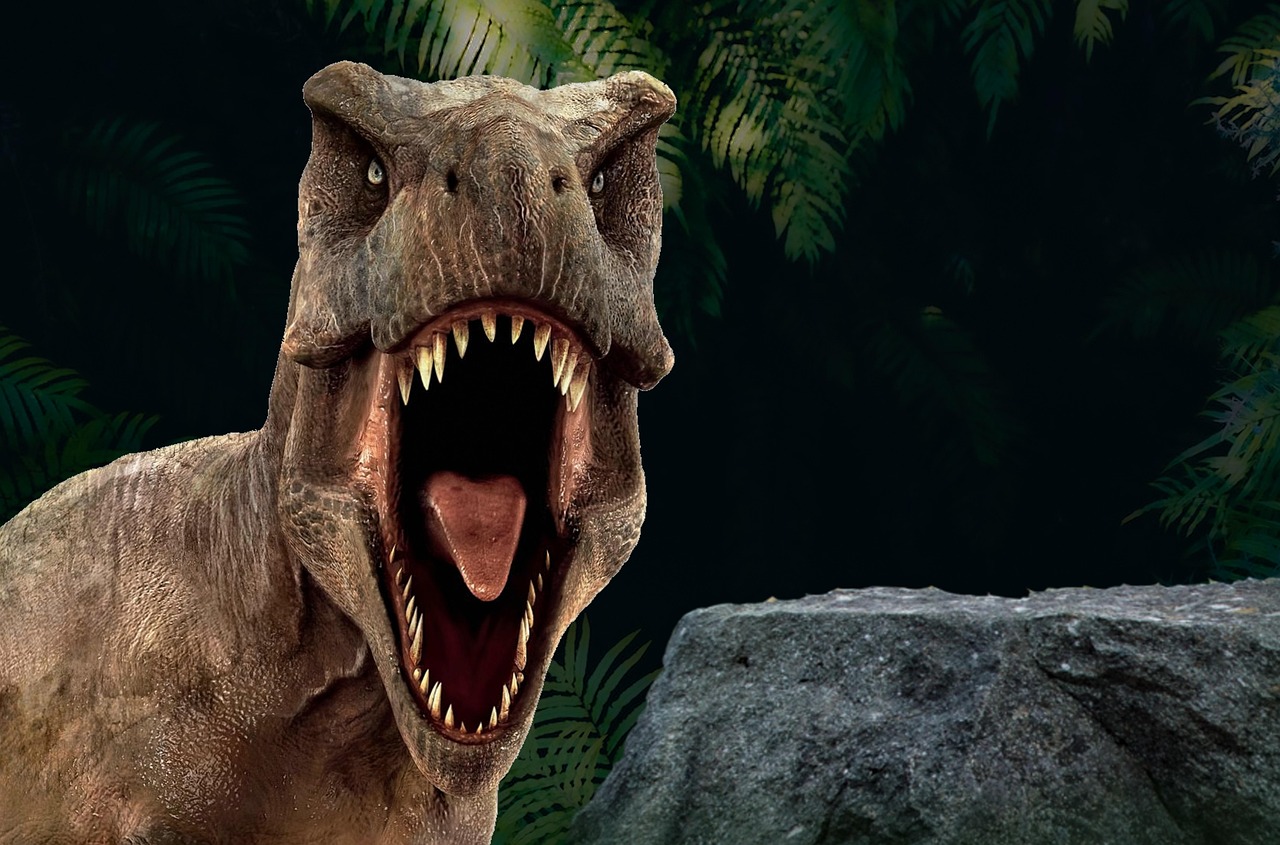
The most compelling evidence suggests T. rex was the ultimate opportunist, employing different strategies as situations demanded. Most paleontologists today accept that Tyrannosaurus was both a predator and a scavenger. Rather than being locked into one hunting method, these intelligent predators adapted their approach based on circumstances.
Physical evidence supports active predation. Here we report definitive evidence of predation by T. rex: a tooth crown embedded in a hadrosaurid caudal centrum, surrounded by healed bone growth. This indicates that the prey escaped and lived for some time after the injury, providing direct evidence of predatory behavior by T. rex. This fossil proves T. rex actively hunted living prey, not just scavenged carrion.
Although T. rex was an active predator, like most large predators, it also engaged in scavenging behaviors too when the opportunities arose. This flexibility was probably key to their success as apex predators. When hungry, they hunted. When tired, they scavenged. When outnumbered, they used intimidation. T. rex was essentially the Swiss Army knife of prehistoric predators.
Conclusion
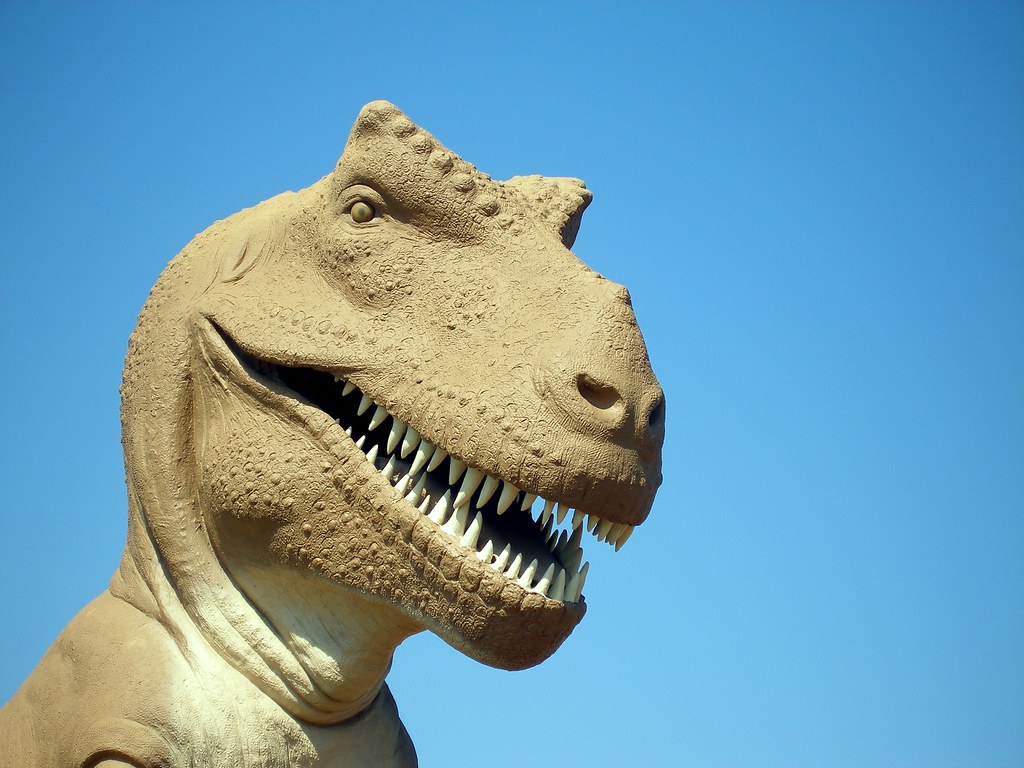
The truth about T. rex hunting is far more complex and fascinating than any Hollywood movie could capture. These weren’t mindless monsters but sophisticated predators with a toolkit of hunting strategies. From pack coordination to bone-crushing ambushes, from wrestling techniques to age-based specialization, T. rex dominated its world through adaptability and intelligence.
The debate continues as new fossils reveal fresh insights into these magnificent predators. Each discovery adds another piece to the puzzle of how the most famous carnivore in history actually lived and hunted. One thing’s certain though – reality was far more terrifying than fiction ever imagined. What do you think about it? Tell us in the comments.

